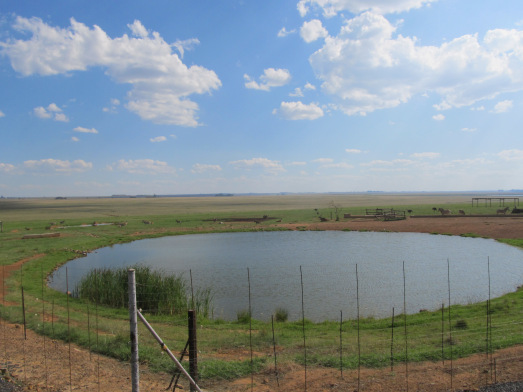In Boricha district of Ethiopia, women and children walk up to five hours to collect water from shallow and unprotected ponds which they share with animals.

Sometimes water in these ponds is contaminated as rainwater washes wastes from surrounding areas into the sources.
Often, children are left at home while their mothers and older siblings collect water as their fathers’ work. This makes them miss school.
Bekele Hariso, the school director at Boricha primary and secondary school, says most students at his school miss 25-50 school days per year because of sickness; some suffering from water-borne diseases such as diarrhoea.
He explains that because Boricha is located in an arid region, the district often experiences “dry years,” stressing that some school children miss several months of school because their families are constantly searching for water.
With all this time away from school, some school children are forced to repeat classes.
Statistically, only 45% of children in Ethiopia attend primary school. The others are put to work; collecting water each morning and helping their families earn a living.
Boricha district is situated in the Southern Nations nationalities and peoples’ region, a province that is full of beauty and culture. The region hosts about 55 nationalities excluding Ethiopians.
However, it is being severely affected by water shortages. Fields are drying up and farmers are fighting over sources of water for irrigation. Also, children in villages are losing out on education and, instead of going to school, they spend several days collecting water for domestic and agriculture use.
Like many other African countries, parts of this Horn of Africa nation also face poor sanitation and hygiene problems.
Ethiopia is located in the Horn of Africa where drought and politics are leading causes of water shortage.
A study conducted by Water.org found that only “42% of the population in Ethiopia has access to clean water supply” and only “11% of that number has access to adequate sanitation services.” In rural areas of the country, these figures drop even lower.
As a result of El Niño, droughts have affected several areas of the country, leading to ponds, wells, streams and lakes drying up or becoming extremely shallow.
Many people living outside of the cities collect water from these shallow water sources, which are often contaminated with human and animal wastes.
During months and sometimes years of drought, diseases become rampant through small villages and towns. Frequently there is not enough water for people to bathe, leading to infections. Water borne illnesses such as cholera or diarrhoea are the leading cause of death in children less than five years in the country.
By Zelalem Genemo (Hawassa, Ethiopia)
